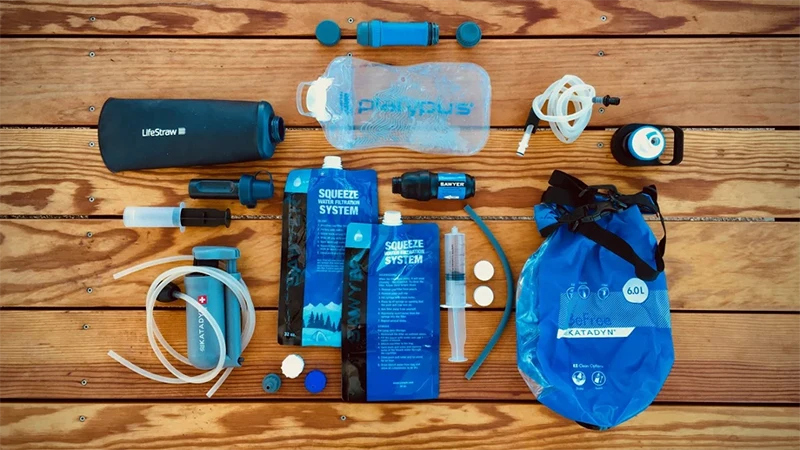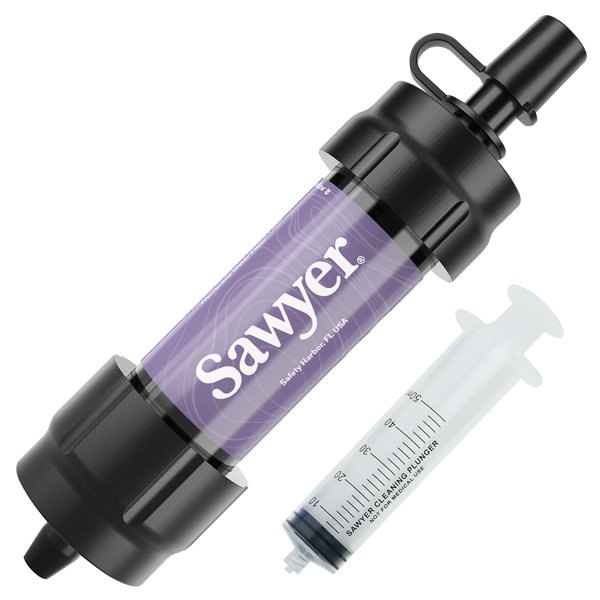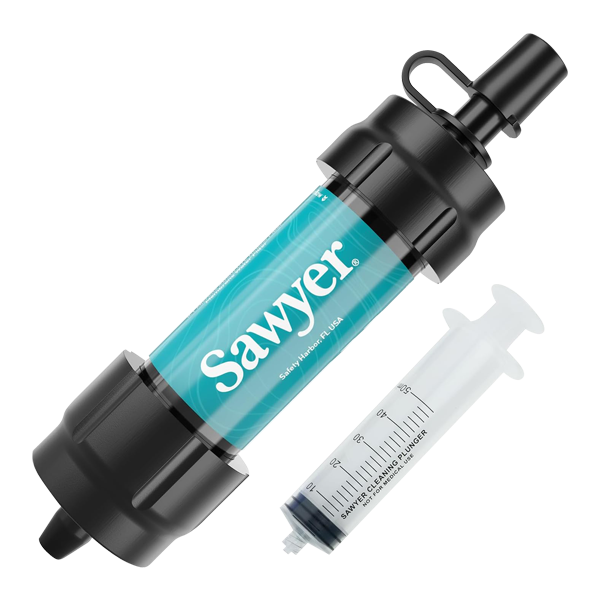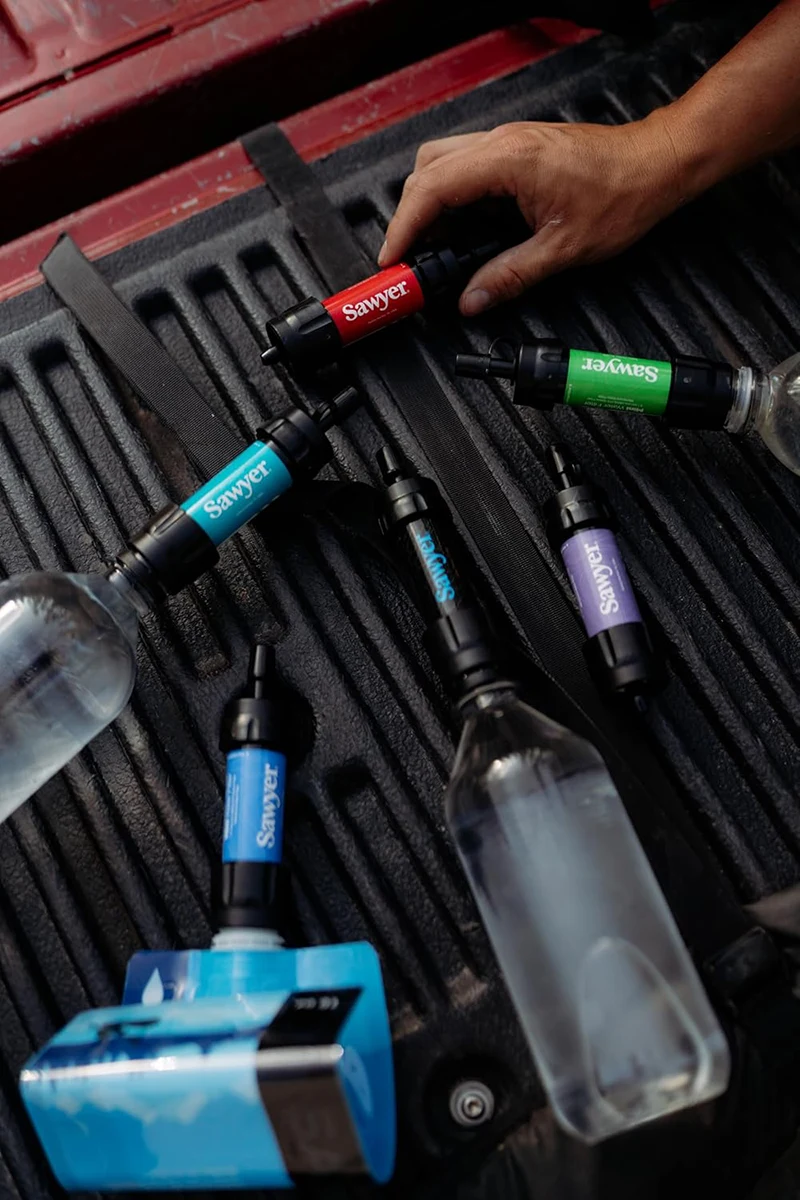

Cases of tick-borne illness, babesiosis, are rising—here's how to stay safe
While the warmer weather of spring means that you can spend more time outside, unfortunately, insects are enjoying it just as much as you are. As temperatures rise, so do the number of tick sightings. As revealed in a recent study published by the Centers for Disease Control and Prevention (CDC), ticks can spread babesiosis, a tickborne disease that has doubled in cases in the Northeast over the past several years.
It's important to educate yourself and others on the disease to identify effective ways to protect against it. We’re here to walk you through it all.
Make smart choices without hours of googling. Subscribe to The Checklist newsletter for expert product advice and recommendations.
What is babesiosis?
Babesiosis is a disease spread by the parasite Babesia microti, which is carried by blacklegged ticks. It can also be spread via blood transfusion, though Peter James Krause, MD, Senior Research Scientist in Epidemiology and Medicine at Yale University, notes that this is rare.
Babesiosis parasites infect red blood cells and can result in the loss of said cells, which may cause various heart conditions including irregular heartbeat and heart failure. The severity of cases ranges from asymptomatic to life-threatening for elderly individuals, those without spleens or those with compromised immune symptoms as a healthy spleen can help remove babesiosis cells, just as a healthy immune system can. Symptoms usually develop within a few weeks or months from the initial tick contact.
From the Squad
Campfire conversations with our community, from Squad Members and Ambassadors to Brand Partners and the Sawyer team.

















